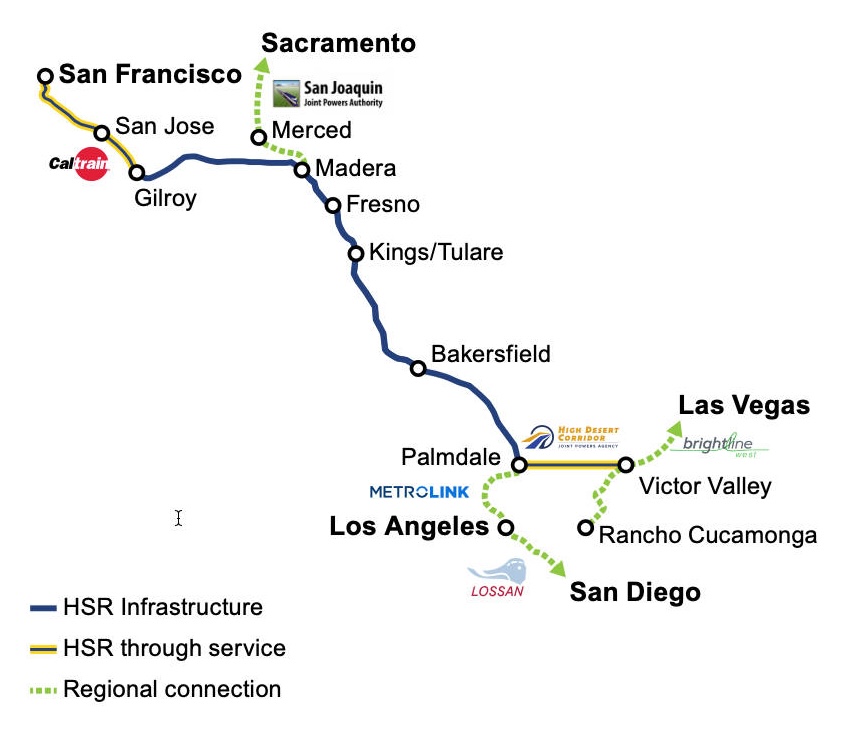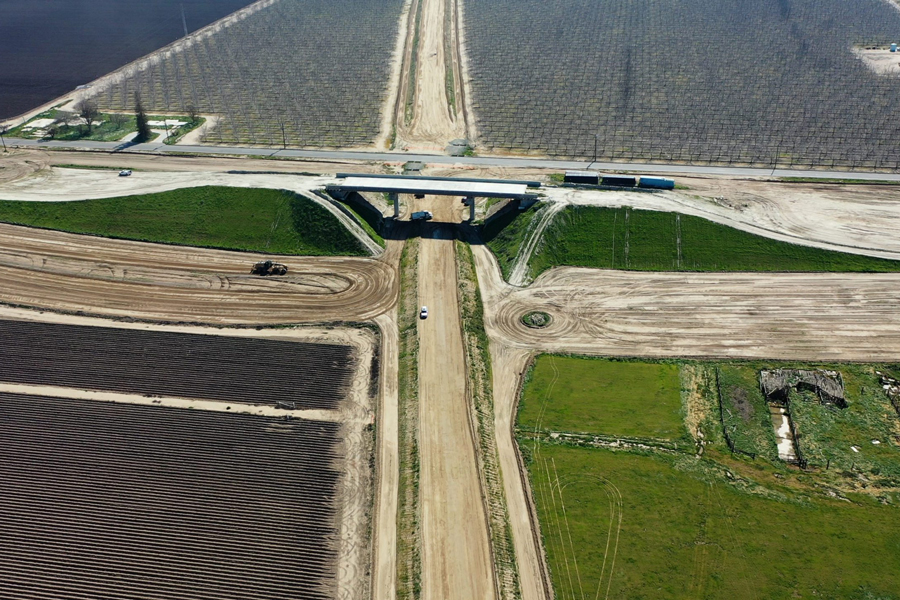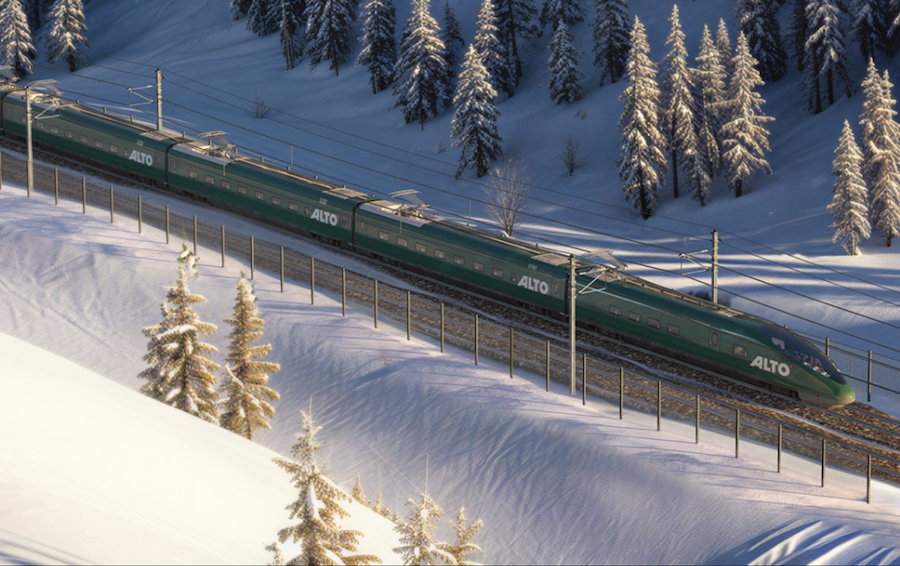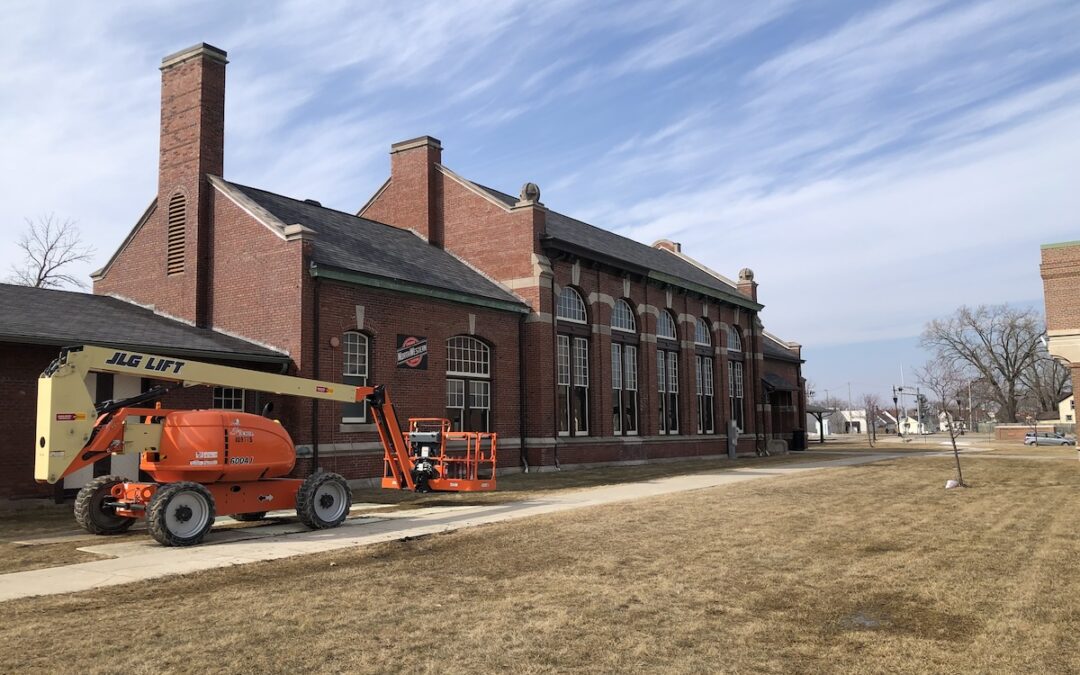Canada is moving to smooth the way for a roughly 600-mile high-speed line that will connect Toronto and Quebec City with trains running at top speeds of at least 186 mph. Canada’s Transport Minister, Steven Mackinnon, announced this week that work is expected to begin...
California will expand and accelerate high-speed rail project with more funding and new partnerships, CEO says
CEO Ian Choudri aims to accelerate and expand construction on the San Francisco – Los Angeles high-speed line in 2026, marking a major milestone in the project’s evolution.
On Thursday, the California High Speed Rail Authority’s board discussed the process of vetting potential private investors. It will soon begin accepting and reviewing proposals that detail their plans for building, designing, and/or operating segments of the line.
The move comes after the State Assembly’s vote in August to appropriate $1 billion annually for the project through 2045. That funding unlocks the potential for public-private partnerships by boosting investors’ confidence that California HSR is on track and moving forward.
The next items on the agenda, Choudri said, are to request even more dedicated funding from the State Assembly and to gain approval to begin work on segments outside of the segment now under construction in the Central Valley, running from Merced to Bakersfield. As of this summer, the Authority had completed 55 structures and 70 miles of guideway in the project’s initial, 119-mile Central Valley segment.
California law currently limits spending beyond that segment to $500 million. But starting work on the segments connecting the Central Valley to Gilroy (about 80 miles south of San Francisco) and Palmdale (about 60 miles north of LA) would make it possible to attract private investment, since those segments have higher ridership and revenue potential.
An analysis and update released by the Authority in August found that this scenario—a high-speed line running from Gilroy to Palmdale—would attract up to 18 million riders annually, bring in $2 billion in revenue, and produce $1.2 billion in profit. By comparison, Amtrak’s Acela and Northeast Regional corridors have a combined annual ridership of 14 million. The Merced to Bakersfield line now under construction is projected to attract about 2 million riders and bring in about $90 million in revenue annually.
In a recent interview with Smart Cities Dive, Choudri said that about “30 different entities” have responded to the Authority’s request for expression of interest in a public-private partnership, including “six or seven of the largest investors.” They had been waiting for the legislature to fully commit to the project, and “now they know that the funding is there.” He estimated that the Authority would select “the most qualified team” by May or June of 2026.
Choudri also said that “the funding has always been the biggest constraint to get anything organized in the right order”—meaning that the high-ridership, high-revenue Gilroy and Palmdale segments need to be underway to fund an accelerated timeline for the entire project.
The sooner the trains are running, the sooner the revenue can be used to repay investors and fund the line’s completion and expansion—and the less the project will rely on public funding.

The most aggressive of three scenarios for accelerating construction in the first phase.
The threat to—and promise of—California HSR
In the August analysis, the Authority cited several opportunities for raising revenues through fees, lease agreements, and public-private partnerships. These include baggage fees; parking fees; billboard and station advertising; selling naming rights and leasing retail space in stations; selling system-wide sponsorship rights; offering express cargo shipping; and leasing Authority-owned land for fiber-optic installations and telecommunications towers.
As the Alliance reported at the time, regulatory reforms and streamlining are also key to the Authority’s near-term plans. In particular, the Authority plans to request “stronger tools to hold third parties to enforceable deadlines and cost controls.”
Delays and cost overruns have made the project a target of critics, who have regularly—and falsely—claimed that it was dead or dying. In July, for example, a California-based think tank predicted that “President Trump’s decision to claw back $4 billion in California high-speed rail funding is likely the coup de grace for the state project.” Fox News has been making the same claim since 2019.
But the recent moves by the Authority to secure stable funding, accelerate construction, and rein in costs show that—far from being on the ropes—the project is finding its footing. Which is why critics are so eager to declare it dead.
As the Alliance recently observed, California HSR is “on track to be built—and to begin modeling transportation that works for people, not against them. That would be a dagger to the heart of the idea that travel has to be stressful, expensive, dangerous, and polluting. It would plant a flag for transportation that’s not only fast and affordable but pleasant, safe, and sustainable.
“The haters—and Californians—both understand this. They grasp that, against the odds, the project could succeed in bringing true freedom to travelers across America. That truth is both the great threat—and the great promise—of California HSR.”
The Latest from HSRA
Our Latest Blog Posts
Check out the latest news, updates, and high speed rail insights from our blog!





